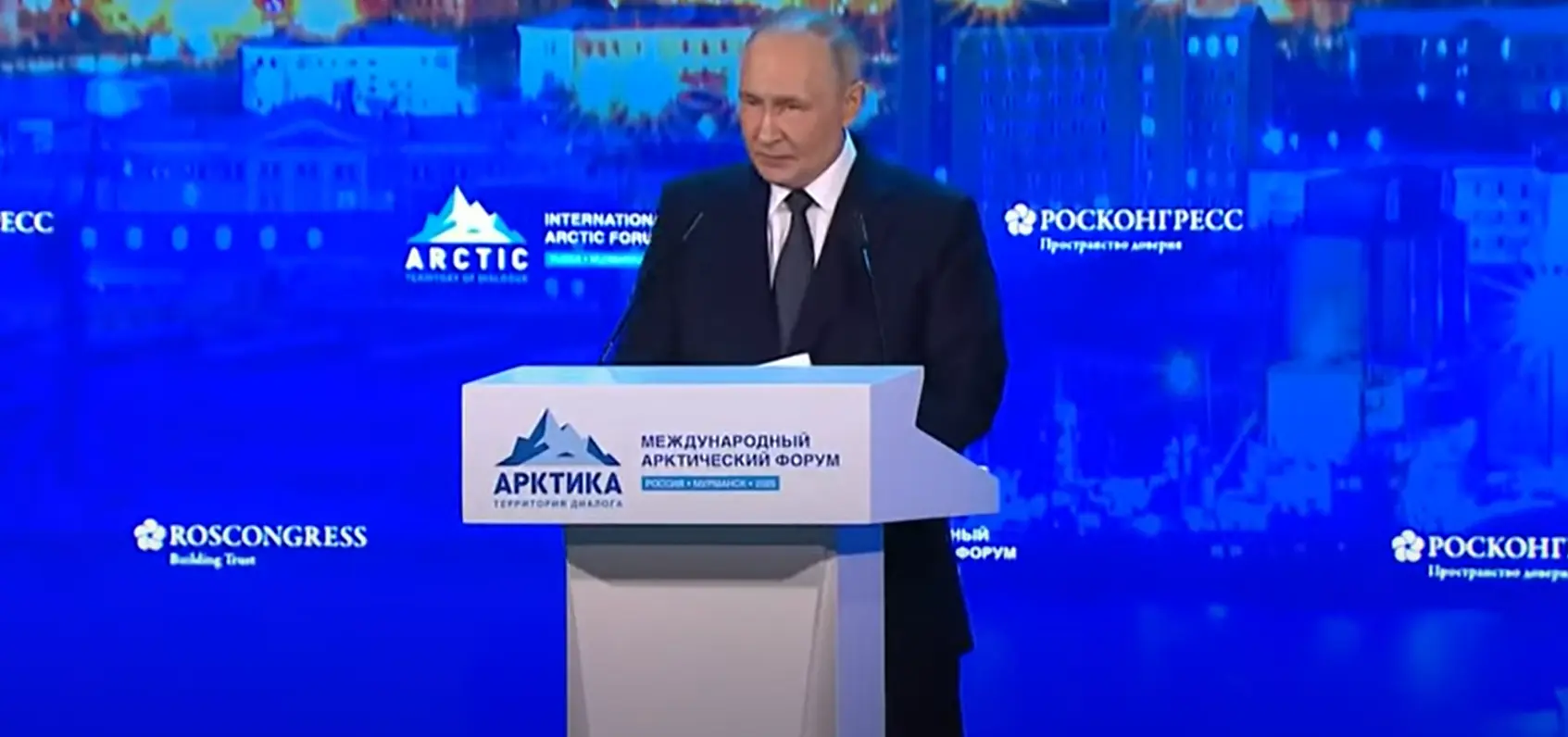(Analysis) Three years after Russia’s invasion of Ukraine, diplomatic efforts to end the conflict have stalled, ensnared by U.S. calls for an immediate ceasefire and Russia’s insistence on a comprehensive settlement.
Just weeks ago, the peace process held promise under American leadership, but it now faces deadlock, driven by battlefield shifts and deepening mistrust.

Negotiations in Riyadh earlier this month underscore the rift. The United States seeks a broad ceasefire to halt hostilities swiftly, a priority some attribute to domestic pressure on President Donald Trump for a quick win ahead of the 2026 midterms.
Russia, however, demands a full agreement first—Ukraine’s exclusion from NATO, the cession of four eastern oblasts (Donetsk, Luhansk, Zaporizhzhia, Kherson) plus Crimea, and a scaled-back Ukrainian military—before pausing its campaign.
A senior Kremlin official’s statement last October rejected a U.S. truce proposal for ignoring NATO expansion, a sore point tied to the Minsk agreements’ unresolved eight-year run, when Ukraine rearmed, analysts note.
 Ukraine Peace Talks Teeter as Uncertainty Clouds Progress – Vladimir Putin speaks at International Arctic Forum (Image Internet Reproduction)
Ukraine Peace Talks Teeter as Uncertainty Clouds Progress – Vladimir Putin speaks at International Arctic Forum (Image Internet Reproduction)
Failed Stopgaps
Smaller initiatives have unraveled. A deal to resume Black Sea grain exports has stalled, with European Union leaders, at a March 15 Brussels summit, declining to lift agricultural sanctions—a condition Russia demanded, repeating 2022’s unfulfilled pledges and catching U.S. negotiators off guard, diplomatic sources say.
A 30-day truce on energy facility strikes, announced in mid-March, lacks consensus: Russia cites a March 18 start, but Ukraine and the U.S. have not confirmed, and Kyiv’s continued drone attacks on Russian refineries have prompted Moscow to threaten withdrawal, Reuters reports.
These efforts, bypassing NATO and territorial disputes, have failed to advance the war’s central issues.
Mounting Obstacles
Multiple factors entrench the stalemate. Ukrainian President Volodymyr Zelensky, in a March 25 address, dismissed diplomacy as futile, betting on outlasting Vladimir Putin, and has actively undermined U.S.-Russia talks, deeming Moscow’s terms unacceptable, Kyiv officials confirm.
Europe is divided: NATO Secretary General Mark Rutte, speaking in Brussels on March 22, ruled out normalizing ties with Russia for decades, yet countries like Hungary and Slovakia signal willingness to negotiate, offering Washington potential leverage.
In the U.S., the process falters—negotiators inexperienced in superpower talks face Russia’s seasoned team, while hawkish figures like Senator Marco Rubio resist compromise, a divide highlighted by the leaked March 20 Signal chat.
Russia, meanwhile, holds firm. Putin, in a March 28 speech in Murmansk, boasted of frontline gains, hinting at a spring offensive—possibly targeting Ukraine’s Dnieper River industrial hub—that could tip the scales.
Moscow’s demands remain non-negotiable, bolstered by territorial control, though its restraint in avoiding heavy strikes on Kyiv suggests a bid for victory without endless war, observers say. Still, Russian military voices push for escalation, fearing another Minsk-style delay.
U.S. Options Narrow
The risks are acute. Failure could lead Russia to escalate infrastructure attacks, threatening a humanitarian crisis, or, in an extreme case, hint at nuclear options if NATO’s eastward push, and Russia’s limited resources, intensifies its perceived threat, security experts caution.
Ukraine, reliant on Western aid, bears the brunt—its mineral wealth targeted by foreign investors, its casualties rising—while Europe’s unity weakens, a shift some Ukrainian officials call strategic opportunism.
U.S. options are constrained. Waiting for Russian gains could force Ukraine and Europe to yield, especially as Biden-era aid, projected to lapse by July 2025 per Pentagon estimates, faces a Congress reluctant to extend funding.
Alternatively, Washington could reduce support to nudge Kyiv toward talks—potentially engaging Ukraine’s opposition—while courting amenable European states to fracture EU resolve.
Discreet talks with Moscow to limit territorial losses are feasible, though prior leaks and Russian wariness complicate efforts. Escalation lacks congressional support, and withdrawal risks diminishing U.S. influence in Europe.
A Fragile Future
The impasse exposes wider fault lines. Ukraine’s dependence on Western backing has left it vulnerable, while Europe’s tough stance conceals disarray, prolonging the war.
The U.S., grappling with internal divisions, faces a reality where diplomacy may cede to Russia’s military edge.
As Putin readies his next step and Kyiv stands defiant, talks remain idle—no new sessions planned, per a March 27 State Department briefing.
Resolution, whether by deal or force, awaits the coming months, with steep costs looming regardless.
Ukraine Peace Talks Teeter as Uncertainty Clouds Progress




GIPHY App Key not set. Please check settings